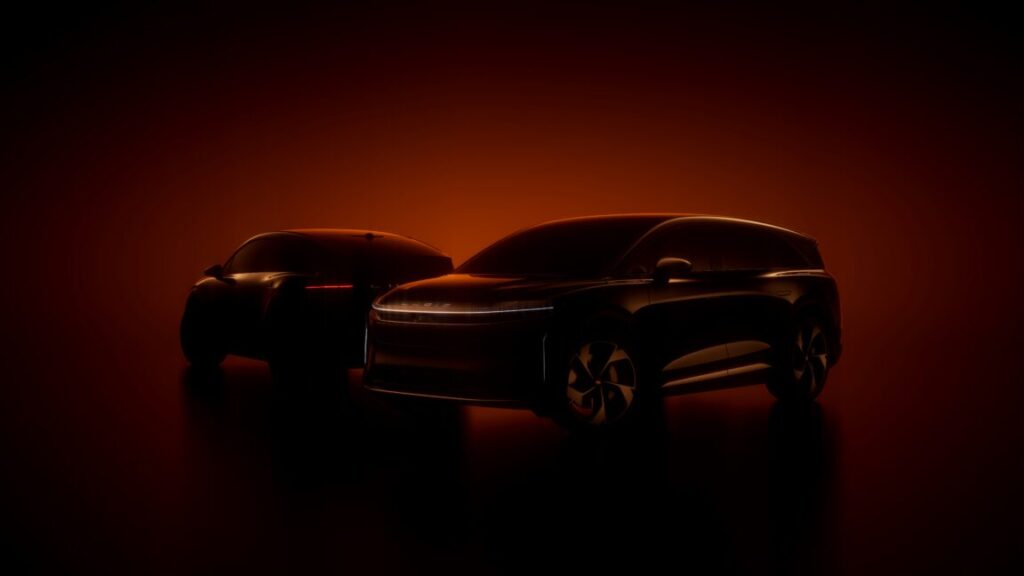Good news if you sell GPUs
First, Lucid will roll out a more advanced version of its partially automated driving assist for the Gravity SUV, which it says has been “turbocharged by Nvidia Drive AV.” But after that, the plan is for a so-called “level 4” autonomous system, capable of driving itself from point to point without human intervention, at least within a geofence or other limited operational design domain.
In scope, this is more limited and more achievable than the “level 5,” go-anywhere dream of Tesla’s FSD system. It is similar to the level 4 autonomous vehicles being developed by companies like Waymo and Zoox, but those are also designed to be operated by fleets with regular maintenance.
Lucid will use Nvidia’s platform to reach level 4, building a pair of Drive AGX Thor computers into the new midsize EV platform. And leaning on Nvidia’s software means Lucid doesn’t have the hard ongoing job of keeping everything up to date.
“As vehicles evolve into software-defined supercomputers on wheels, a new opportunity emerges—to reimagine mobility with intelligence at every turn. Together with Lucid, we’re accelerating the future of autonomous, AI-powered transportation, built on [the] Nvidia full-stack automotive platform,” said Jensen Huang, founder and CEO of Nvidia.
Car buyers are starting to cotton on to driver assists like General Motors’ Super Cruise, which about 40 percent of customers choose to pay for after the three-year free trial ends, and Lucid must be hoping that offering a far more advanced system, which won’t require the human to pay any attention while it is engaged, will help it earn plenty of money.
The other part of the Lucid/Nvidia announcement may have the potential for even more impact on the profit and loss statements. Nvidia’s industrial platform will let Lucid create its production lines digitally first before committing them to actual hardware. “By modeling autonomous systems, Lucid can optimize robot path planning, improve safety, and shorten commissioning time,” Lucid said.


